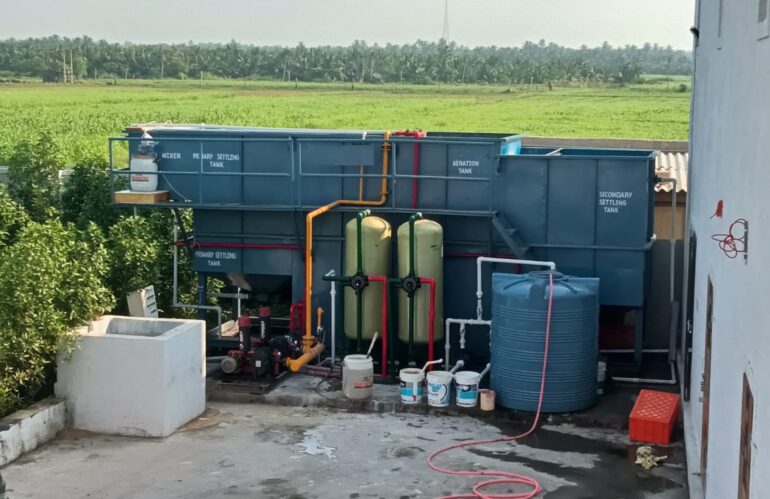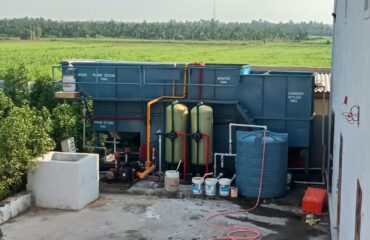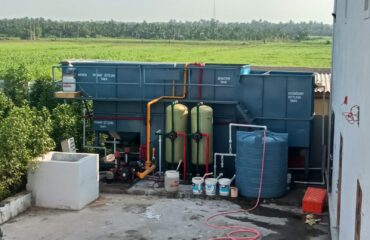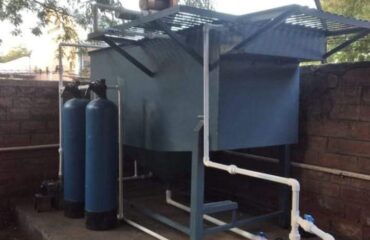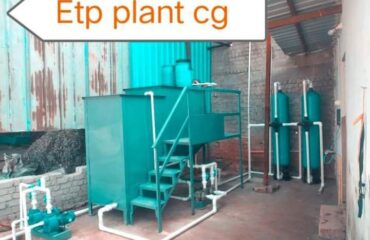Introduction
Dhampur, a bustling industrial center in Uttar Pradesh, plays a crucial role in the state’s economic development. However, with industrial growth comes the responsibility of managing the environmental impact of various processes. The establishment of an Effluent Treatment Plant (ETP) in Dhampur holds the promise of addressing these environmental concerns while fostering sustainable growth.
Decoding Effluent Treatment Plants (ETP)
An Effluent Treatment Plant (ETP) is a vital component of industrial infrastructure that aims to treat and purify industrial wastewater before its release into the environment. The primary objective of an ETP is to eliminate pollutants and contaminants from wastewater, making it environmentally safe.
The Importance of ETP in Dhampur
1. Environmental Conservation
Industries often discharge wastewater laden with harmful chemicals and pollutants. ETPs act as guardians of the environment, ensuring that these effluents are treated, preventing water bodies’ contamination and safeguarding the ecosystem.
2. Protection of Public Health
Untreated industrial effluents can pose significant health risks to communities residing near industrial areas. ETPs play a pivotal role in treating wastewater, removing hazardous substances, and protecting the health of local residents.
3. Compliance with Regulations
In a world where environmental regulations are becoming more stringent, industries need to adopt responsible waste management practices. ETPs help industries adhere to these regulations, preventing legal consequences and contributing to sustainable practices.
4. Resource Management
Water scarcity is a growing concern globally. ETPs offer a solution by treating and recycling water, reducing the pressure on freshwater resources and promoting responsible water usage.
5. Balancing Progress and Ecology
ETPs signify a harmonious coexistence between industrial advancement and ecological preservation. They epitomize the principle of sustainable development.
The Inner Workings of ETP
- Preliminary Treatment: Large solids and debris are removed through processes such as screening and sedimentation.
- Primary Treatment: Physical and chemical methods are employed to separate suspended solids and reduce biochemical oxygen demand (BOD).
- Secondary Treatment: Microorganisms are harnessed in biological processes to break down organic matter, further reducing pollutants.
- Tertiary Treatment: Advanced techniques like filtration and disinfection are employed to achieve high-quality effluent.
- Discharge or Reuse: Treated water can be safely discharged into water bodies or repurposed for non-potable applications, effectively minimizing water demand.
Challenges and Considerations
- Diverse Effluent Composition: Different industries generate distinct wastewater compositions, necessitating customized treatment approaches.
- Adoption of Advanced Technologies: Staying abreast of the latest treatment technologies ensures efficient pollution control.
- Sustained Maintenance and Monitoring: Regular maintenance and continuous monitoring are pivotal to the long-term efficacy of ETPs.
In Conclusion
The establishment of an Effluent Treatment Plant in Dhampur signifies a significant stride towards responsible industrial expansion. By addressing the concerns related to wastewater pollution, ETPs contribute to a greener environment and a more promising future. These plants encapsulate Dhampur’s commitment to fostering sustainable industrial growth where economic advancement is pursued hand in hand with environmental preservation.
